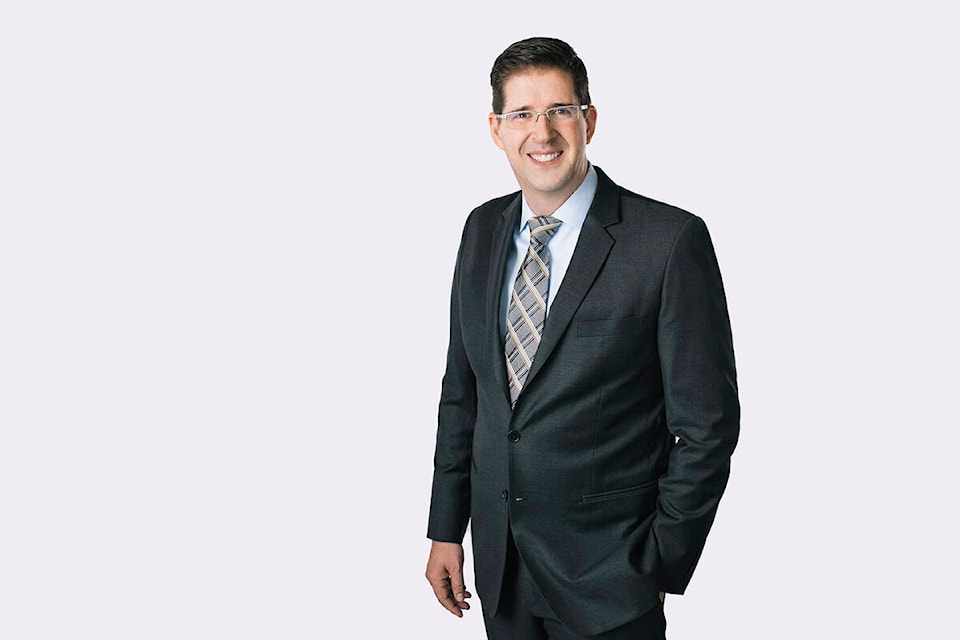In 2017, one in five Canadians over the age of 15 had at least one disability. A much smaller portion of Canadians were taking advantage of the RDSP.
“The Registered Disability Savings Plan (RDSP) is a really generous and valuable tool for many Canadians, but it isn’t well understood,” says Dave Lee, a Senior Wealth Advisor with Scotia Wealth Management in White Rock.
“If you qualify for the Disability Tax Credit, it’s worth talking to a financial expert to see if the RDSP is a good fit for you. They are not as simple as a TFSA or RRSP, administratively, but they can provide significant advantages to many Canadians,” Dave says.
How does an RDSP work?
An RDSP is a deferred savings plan intended to help people with disabilities and their loved ones save for long term financial security. Some contributions are matched by government grants, and savings and investments within an RDSP can grow on a tax deferred basis. Similar to an RESP, withdrawals are partially taxed in the hands of the beneficiary. The contribution amounts are not taxed, but grants, bonds and growth are treated as income to the beneficiary at the time of withdrawal.
“The RDSP typically works best for a relatively young beneficiary who isn’t going to need access to the money for quite a long period of time — at least ten years. Parents may want to set up an RDSP for a child with a disability. The RDSP is best used to help support the child later in life after the parents are retired or pass away,” Dave says.
● The first $500 in contributions each year is matched at 300 per cent (you receive a $1,500 grant for the first $500 you contribute).
● The next $1,000 in contributions is matched at 200 per cent (you receive an additional $2,000 in grants for the next $1,000 you contribute).
● Combined, a contribution of $1,500 each year provides $3,500 in grants for a total of $5,000. Beneficiaries can receive up to $70,000 in grants in their lifetime.
● A “bond” of $1,000 per year is also available whether contributions are made or not, for low income families.
● The lifetime contribution limit to an RDSP is $200,000 and parents can roll a portion of their RRSP to an RDSP directly without it being taxed when the parent passes.
“There’s also a generous ‘catch-up’ option for those who’ve been eligible for the RDSP but haven’t opened an account yet. You can catch-up on matching grants from the past 10 years, and create a significant pot of savings in just a few years,” Dave says.
Who is the RDSP for?
“The RDSP is of limited use for short-term disabilities or those with near term medical expenses such as those with a cancer diagnosis. But it’s a great support for those expecting to live with a qualifying disability for decades to come,” Dave says.
Grants can only be received up until the year the beneficiary turns 49. In addition, you generally want to wait at least 10 years before making withdrawals to keep all the matching grants. Otherwise, some of the government grant matching contributions may be clawed back. Navigating the withdrawal rules is an area where professional guidance can be very helpful.
“The benefits go beyond just grant money and tax-deferred growth. An RDSP also functions similar to a trust, without the additional complications and expenses. When the time comes, the money in an RDSP can be disbursed to the beneficiary without much hassle,” Dave says. “People with disabilities often face extra rules and limitations around their finances — in many cases an RDSP can allow money to be set aside for an individual wither affecting their benefits.”
Enjoying these articles? Visit www.dave-lee.ca/publications to read more. Have a question? Contact Dave at 604.535.4743 or dave.lee@scotiawealth.com.
ScotiaMcLeod, a division of Scotia Capital Inc.
READ MORE:
